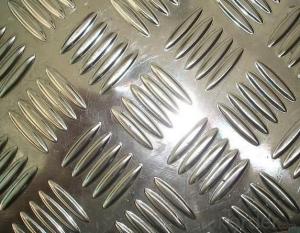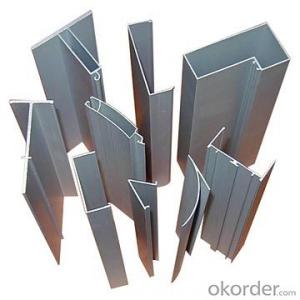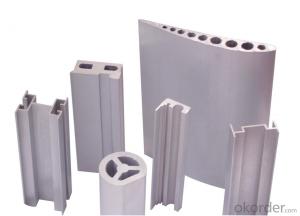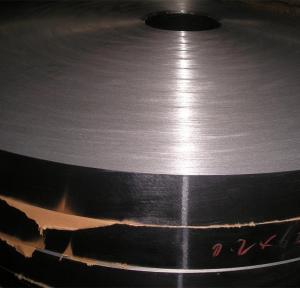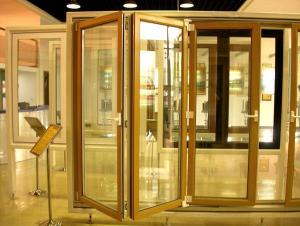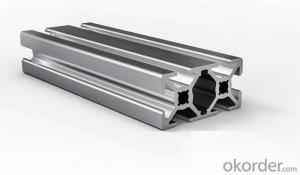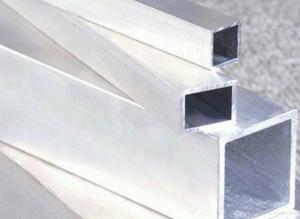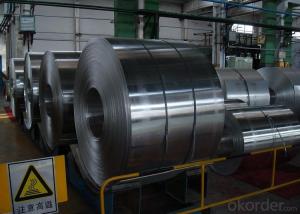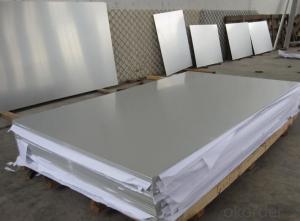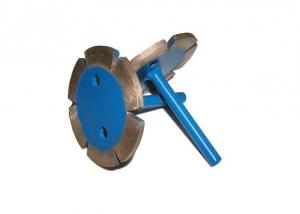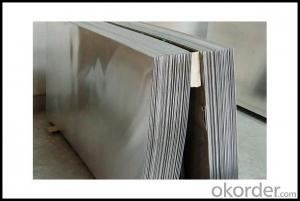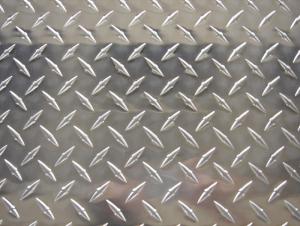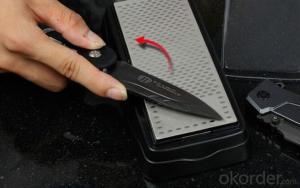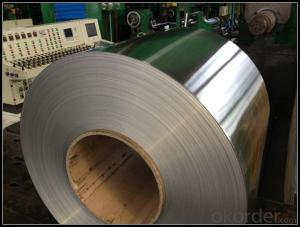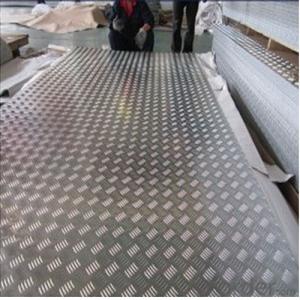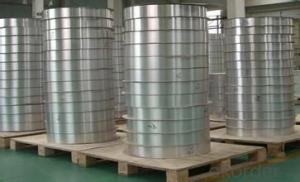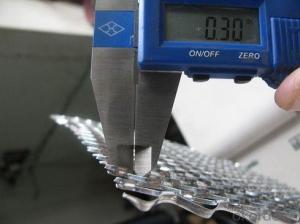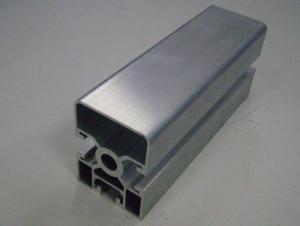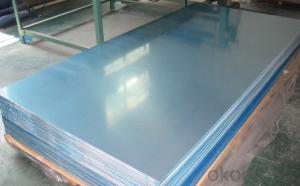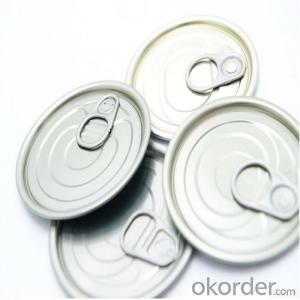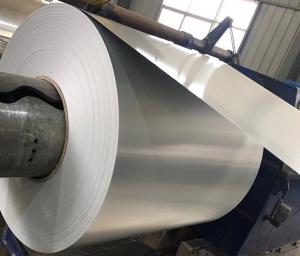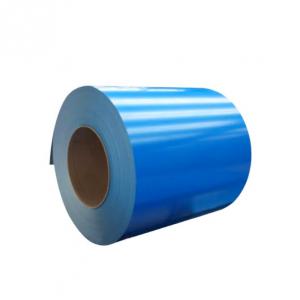Aluminum Diamond Plate Trim
Aluminum Diamond Plate Trim Related Searches
Diamond Plate Aluminum Trim Polishing Aluminum Diamond Plate Polishing Diamond Plate Aluminum Aluminum Diamond Plate Polish Aluminum Diamond Plate Strips Diamond Plate Aluminum Polish Scrap Aluminum Diamond Plate Aluminum Wall Trim Buy Aluminum Diamond Plate Aluminum Diamond Tread Plate Welding Aluminum Diamond Plate Aluminum Diamond Plate Panels Polished Aluminum Diamond Plate Aluminum Diamond Plate Roll Painting Aluminum Diamond Plate Cosmetic Aluminum Diamond Plate Aluminum Diamond Deck Plate Diamond Tread Plate Aluminum Aluminum Diamond Plate Angle Aluminum Diamond Plate Thickness Brazing Aluminum Diamond Plate Thin Aluminum Diamond Plate Stick On Aluminum Diamond Plate Aluminum Diamond Plate For Sale Aluminum Diamond Plate Tool Box Aluminum Diamond Plate Material Aluminum Black Diamond Plate Cheap Aluminum Diamond Plate Bending Aluminum Diamond Plate Diamond Tread Aluminum PlateAluminum Diamond Plate Trim Supplier & Manufacturer from China
Aluminum Diamond Plate Trim is a durable and versatile product that is widely used in various industries. This type of trim is made from high-quality aluminum and features a diamond-shaped pattern, which not only provides a visually appealing finish but also offers excellent slip resistance and durability. It is commonly used in applications such as stair nosing, floor edging, and wall protection, making it an essential component in both commercial and residential settings.The Aluminum Diamond Plate Trim is highly sought after for its ability to withstand harsh conditions and provide a long-lasting solution for safety and aesthetics. It is particularly popular in high-traffic areas, such as commercial buildings, warehouses, and public spaces, where slip resistance and durability are crucial. Additionally, its sleek design and modern appearance make it an ideal choice for both new construction projects and renovations, as it can enhance the overall look of the space while providing practical benefits.
As a leading wholesale supplier, Okorder.com offers a vast inventory of Aluminum Diamond Plate Trim to cater to the needs of various industries and projects. With a commitment to quality and customer satisfaction, Okorder.com ensures that the Aluminum Diamond Plate Trim they provide is of the highest standard, making them a reliable source for this essential product.
Hot Products


